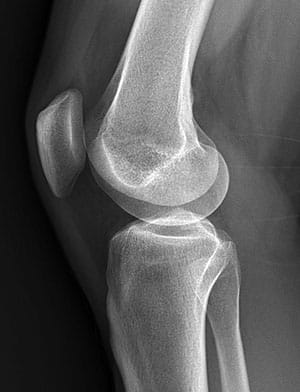July 2017
Work your way out of knee pain (don’t just brace it!)

Andrew L. Rosen, MD

If you line up at any running race you will see many runners wearing all manners of contraptions on their knees. Braces, straps, taping seem to be part of the standard wardrobe at these events. Although such devices do play a part in addressing runner’s knee problems, many people have never tried to fix the problem that has forced them to need help in the first place.
The vast majority of runners with knee problems have one or both of two basic running disorders. Patellofemoral knee pain (Runner’s knee) and iliotibial band syndrome. These problems are often combined and usually represent muscular issues that are at the root of the problem. I tell patients often that running doesn’t usually cause problems with trauma to the body, but simply amplifies pre-existing muscular imbalances that create pain in a leg when the repetitive forces of running are applied on a regular basis. Although some knee problems are structural (cartilage tears, arthritis, stress fractures), most basic knee pain is muscular in nature.
The two main muscular imbalances that can affect a runner are usually weakness of the inner portion of the quadriceps (the VMO) and tightness of the iliotibial band (outside of the thigh). Simply addressing these two issues can usually correct the patellar (kneecap) maltracking which occurs and improve the symptoms. The act of running is an inherently hamstring (back of the leg) muscular activity and often does not lead to strong, well-balanced quadriceps muscles with increased training. Although runners of course will have strong legs compared to a group that doesn’t run at all, the muscular development is often not well-balanced.
A simple program of inner quadriceps strengthening and IT band stretching is usually very effective in curing the symptoms and allowing a runner to perform pain-free. These exercises can often be learned through basic internet research. For a more comprehensive approach, a formal physical therapy consultation can be an excellent way to start. A good foam roller can be a powerful tool that should be a part of most runners equipment inventory.
Many runners find that the key to running without pain is all the work that is done outside of running. Developing a workout program that builds strong, well-balanced knees can be critical to keeping knees healthy with long-distance training.
Although braces can be helpful in decreasing symptoms and are sometimes helpful in keeping a runner going, they are rarely the first (or only) treatment that is recommended. Knee mechanics are usually better improved 'internally' with stretching and strengthening that will keep the knees running strong for years to come.